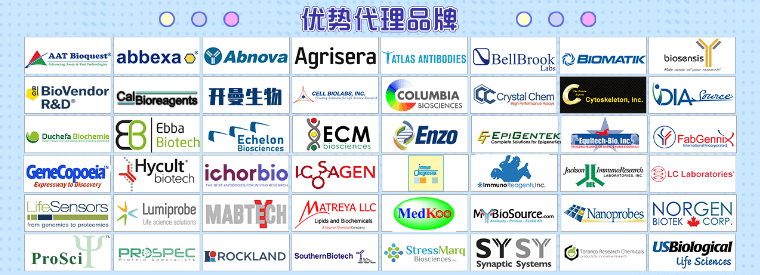During fertilization inChlamydomonas, adhesion and fusion of gametes occur at the tip of specialized regions of the plasma membrane, known asmating structures(1 ,2 ). The mating type minus (mt[−]) structure is a slightly raised dome-shaped region located at the apical end of the cell body. In contrast, the activated mating type plus (mt[+]) structure is an actin-filled, microvil-louslike organelle. Interestingly, a similar type of “fusion organelle” is conserved across diverse groups (3 ).Chlamydomonasprovides an ideal model system for studying the process of gametic cell fusion in that it is amenable to genetic manipulations as well as cell and molecular biological approaches. Moreover, the ease of culturingChlamydomonascombined with the ability to isolate the mt(+) fertilization tubule and the development of in vitro assays for adhesion makes it an ideal system for biochemical studies focused on dissecting the molecular mechanisms that underlie the complex process of gametic cell fusion (4 ).
用户登录






